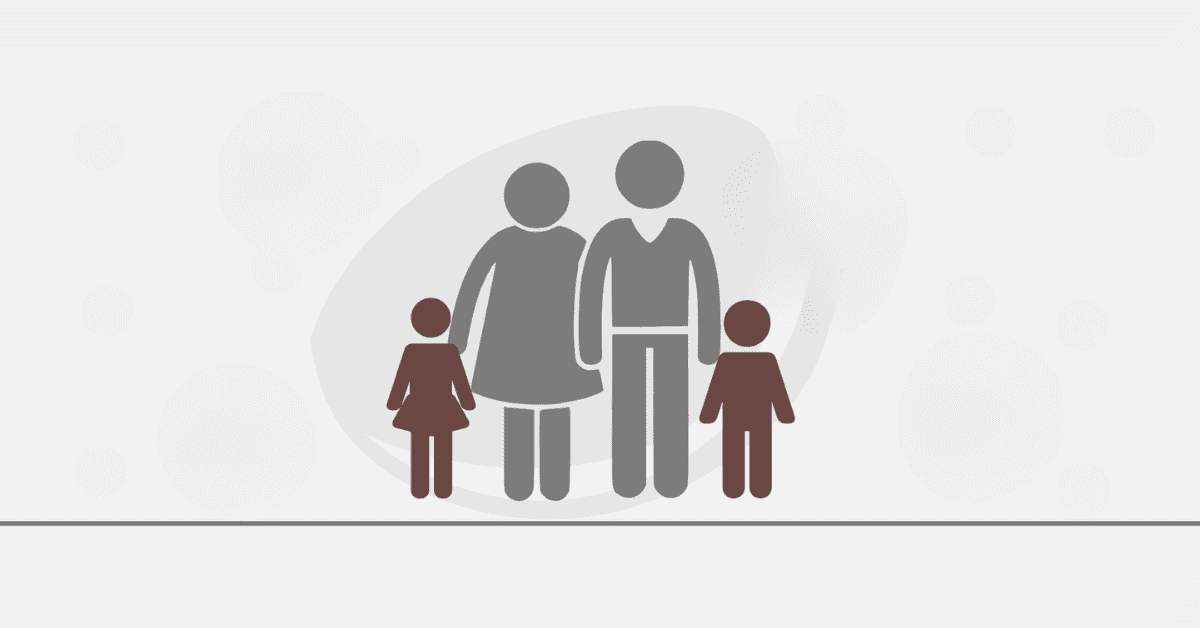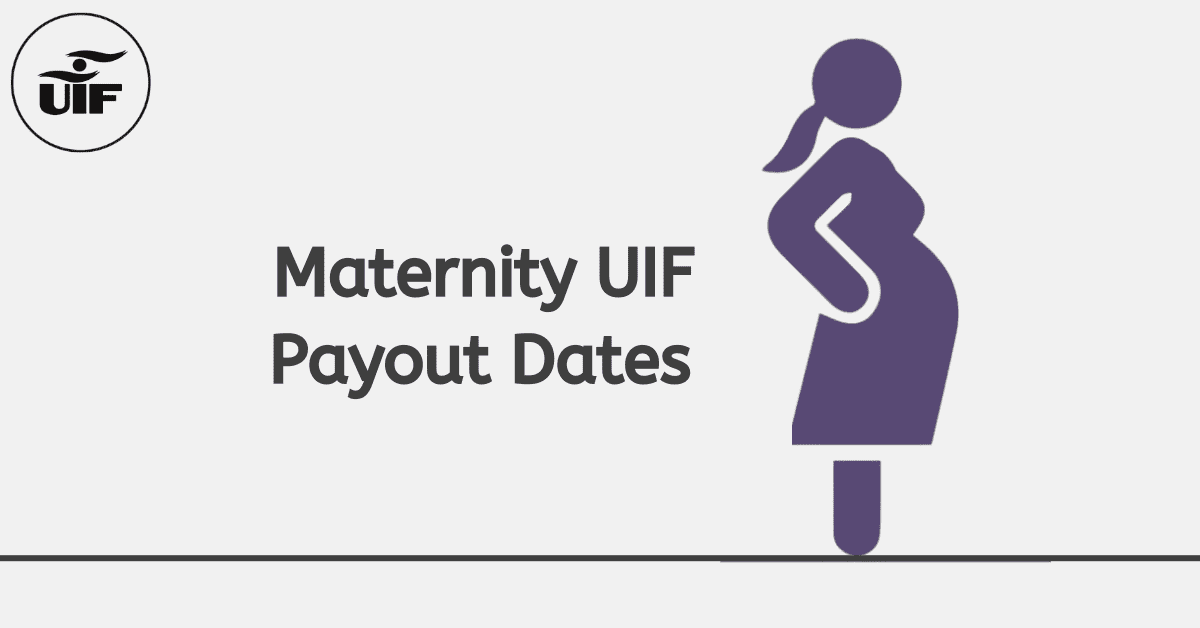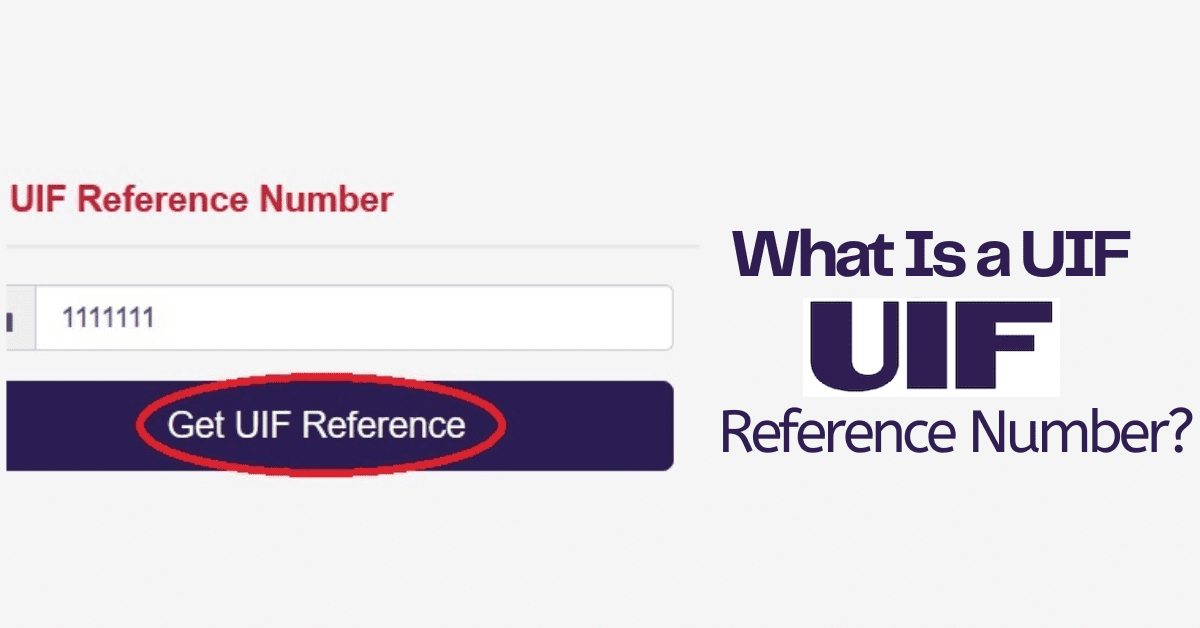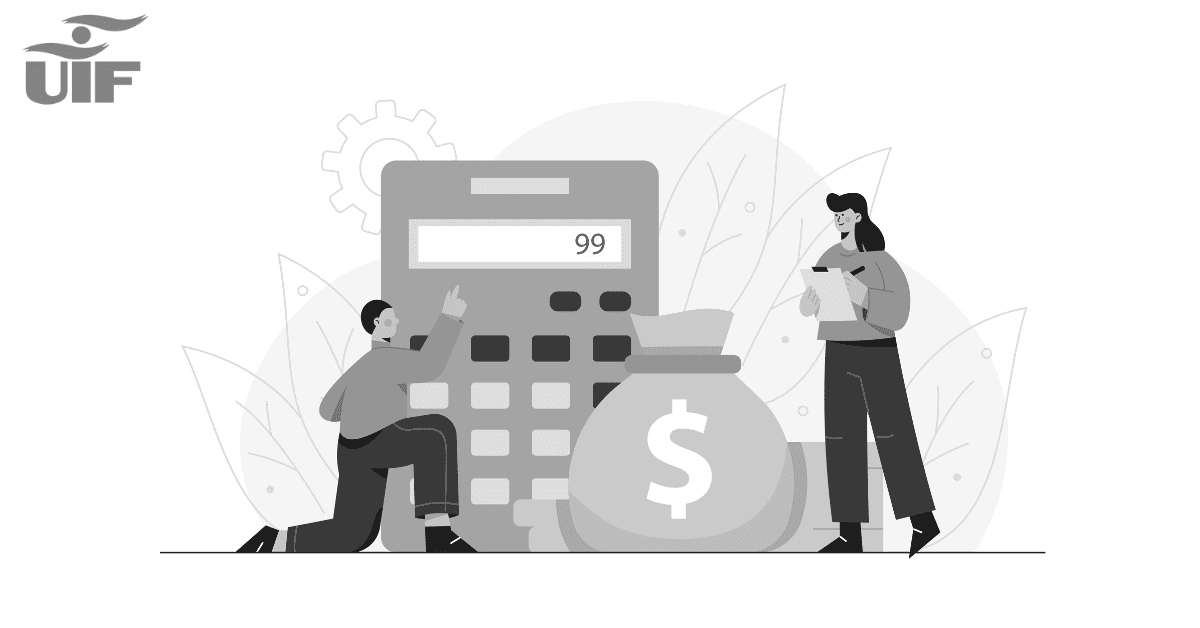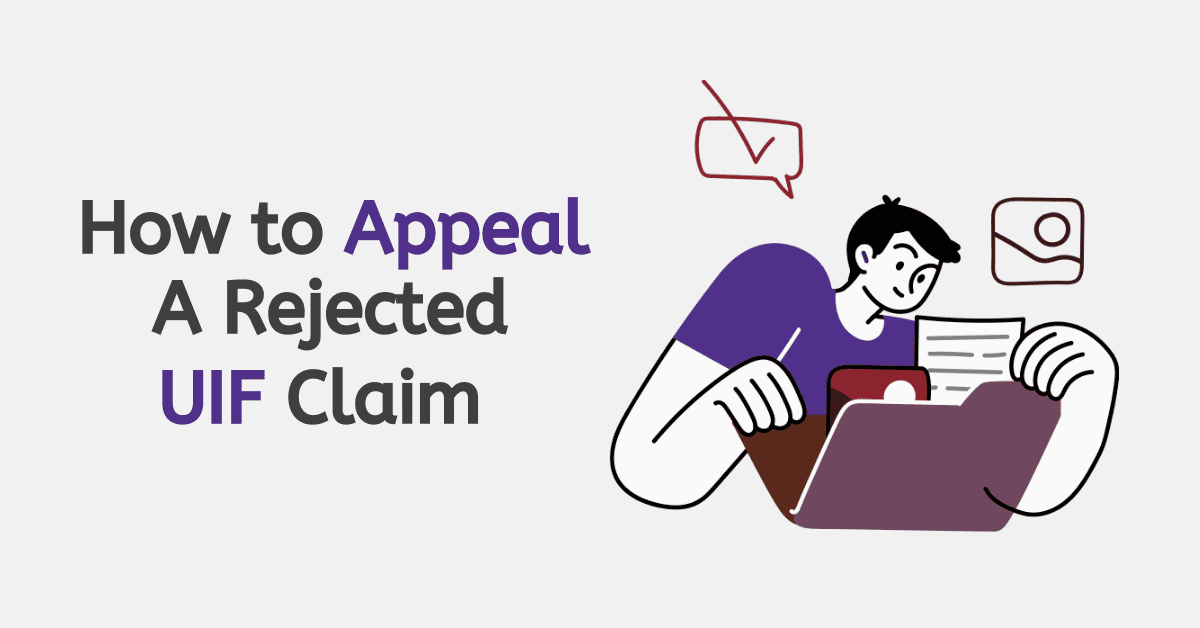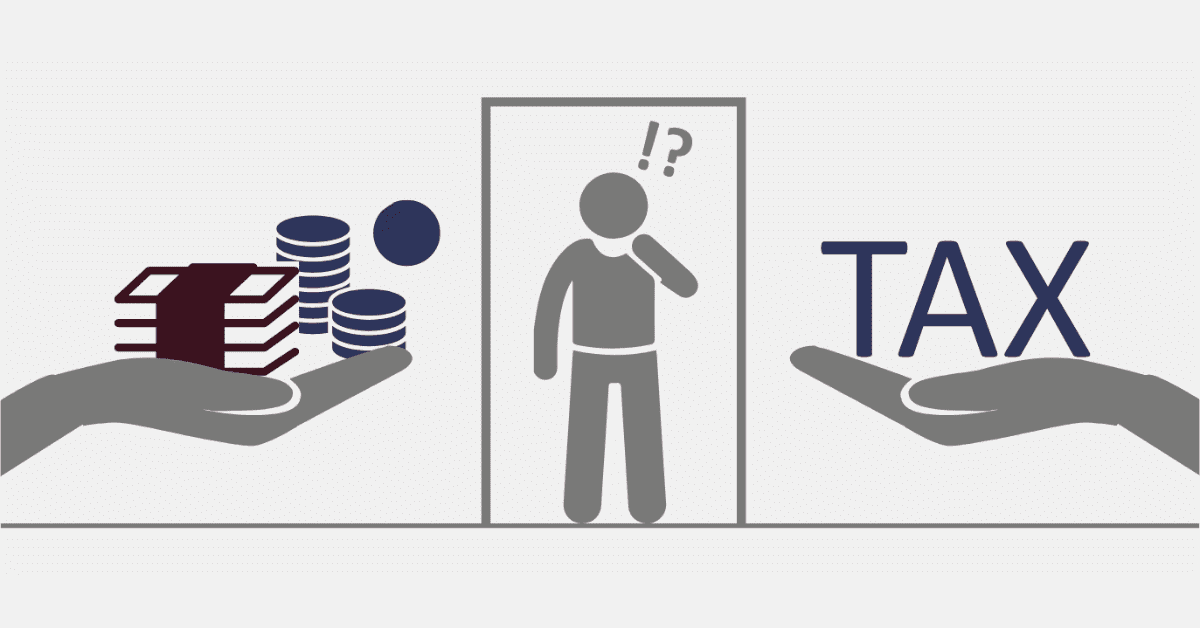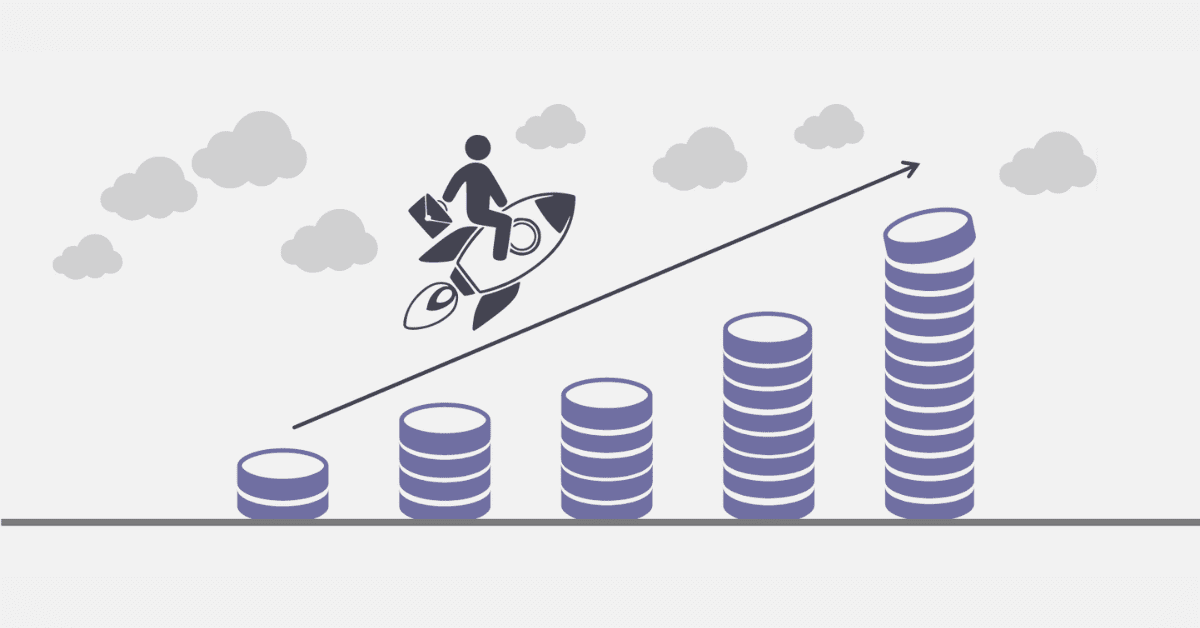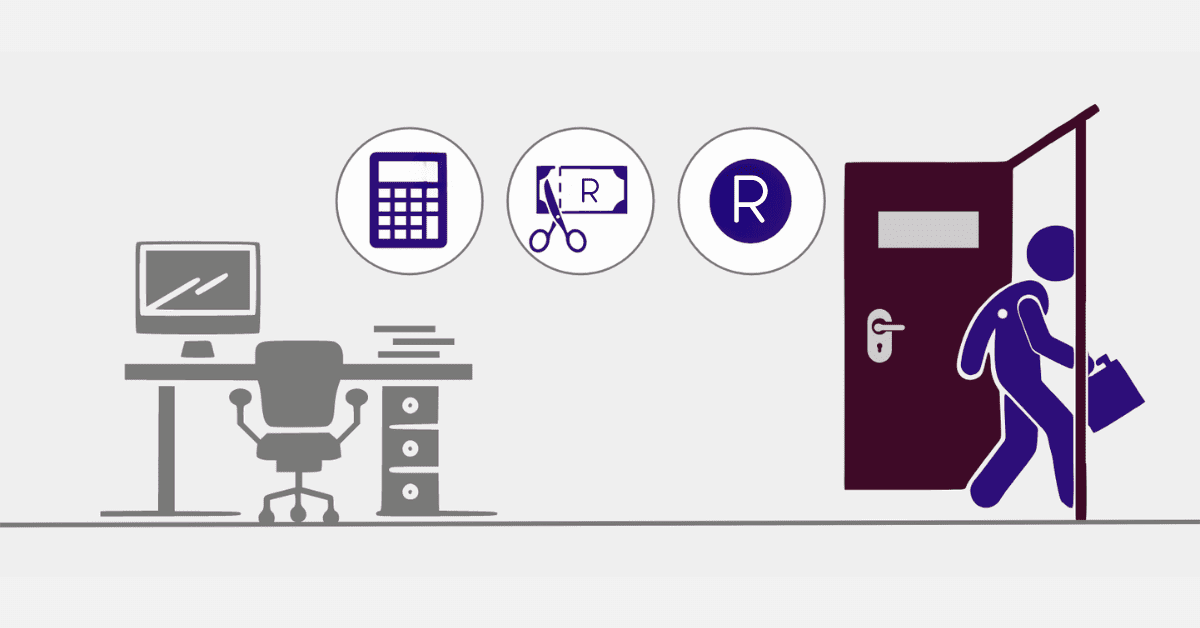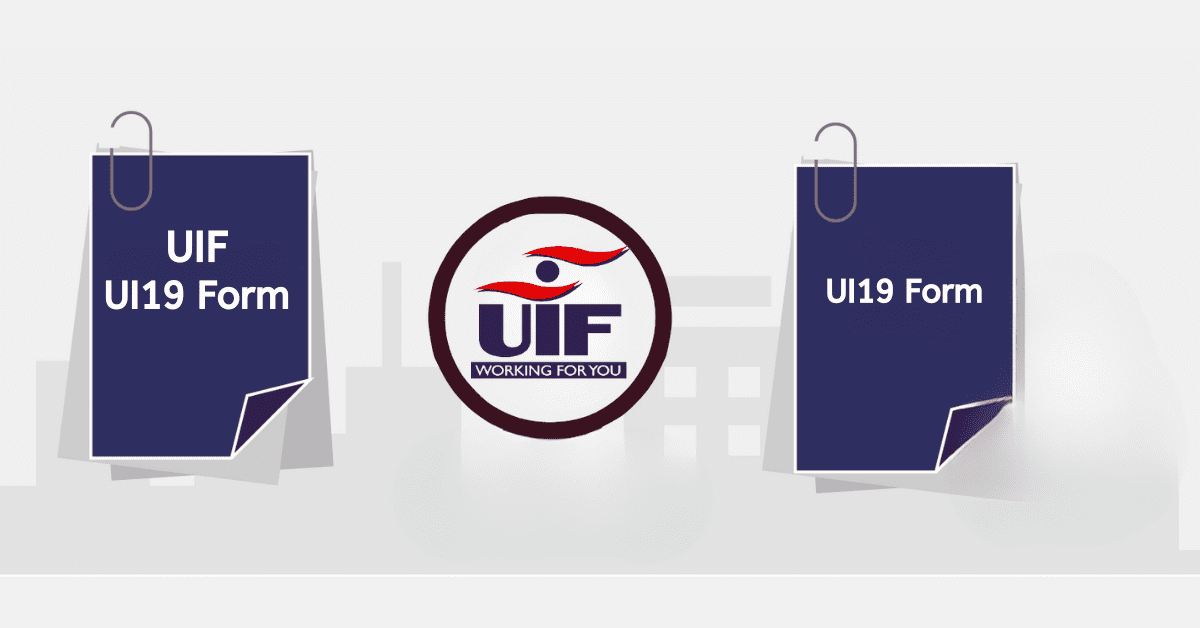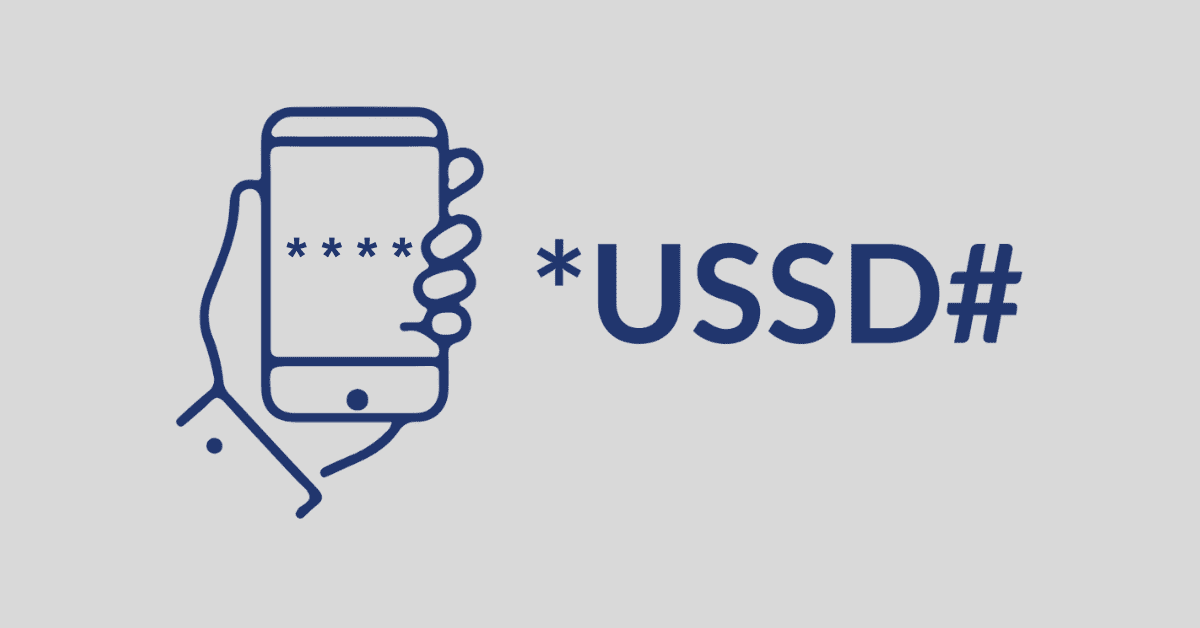If laid off in South Africa, you might be qualified to apply for UIF (Unemployment Insurance Fund) benefits. Subject to a few restrictions, the UIF offers financial aid to people who have lost their jobs due to layoffs. Specific actions and prerequisites must be met to apply for UIF benefits. Here is a detailed explanation of how to handle UIF claims
How to apply for UIF after retrenchment
After being laid off, you can apply for UIF benefits by following these general procedures:
- Sign up at the local labor office.
Register for UIF benefits at the local labor office. Forms like Form UF92, which may be obtained from the labor office, must be filled out to proceed.
- Specify more details.
If the claims officer needs more information to look into your claim, you should furnish it. Depending on the details of your claim, other data may be required.
- Continue the inquiry into the claim.
To track the status of your claim and determine if it has been permitted or approved, keep in touch with the UIF claims department.
Please be aware that there may be variations in the requirements and application process for UIF benefits following a layoff. It’s also wise to go to official government sources or contact the UIF for the most recent and correct information.
Can you claim UIF when retrenched?
When you have been laid off, you may apply for UIF benefits. You can apply for UIF benefits from the Unemployment Insurance Fund if retrenchment results in your work termination. However, confirming that you satisfy the exact eligibility requirements and have made UIF contributions while employed is imperative. Your employer must fill out the UI-19 form with the reason for termination when you apply for UIF benefits. There are several restrictions on how long you can receive UIF benefits. It is usually advised to apply for UIF benefits within 12 months of quitting your job owing to layoff or the expiration of your employment contract, whichever occurs first. You can contact the UIF call center for additional advice and help.
How long can you claim UIF after retrenchment?
You are usually advised to apply for UIF benefits within 12 months of quitting your work owing to layoff or the end of your employment contract, whichever occurs first. This time window ensures you can quickly take advantage of the benefits. To get accurate information and help with your claim, it is advised to speak with the appropriate authorities or call the UIF call center. It is crucial to remember that the specifics and requirements may change. Assistance and information can be obtained from the UIF phone center throughout the claims process. For further information about collecting UIF benefits following layoffs, consult the official UIF website or other trustworthy sources.
What forms are needed to claim UIF when retrenched?
- It is vital to have a duplicate of the identity document with the 13-digit bar code. This copy has to be bar-coded and legitimate. When applying for UIF benefits, it is a necessary prerequisite.
- It is essential to provide the last six paystubs to prove your employment history and financial standing. Copies of these pay stubs are required as part of the application procedure.
- It is your employer’s responsibility to complete the UI19 form with the necessary details. This form includes thorough information regarding your employment history and UIF contributions.
- It is essential to obtain a service certificate from your company. This document attests to the length of your employment and the precise cause of termination, especially in retrenchment circumstances.
- It could be necessary to prove that you are a job seeker actively looking for work. To do this, you must show proof of registration with the appropriate employment agencies or job placement services.
- It is vital to ensure proper and thorough completion of the registration form issued by the UIF. This form gathers critical personal data, employment history, and additional relevant information required for adequately processing your application.
How is the UIF payout calculated after retrenchment?
The UI Act of 2001’s calculating procedure is used to determine the UIF payout upon retrenchment. The highest monthly wage that can be considered for benefits is R17,712. The income replacement rate (IRR) sliding scale established under the act, which varies from 38% to 60% of your daily income, determines the precise payout amount. The calculation’s IRR formula is 29.2 + (7173.92/(232.92 + Y1)), with Y1 standing for your regular income. You can determine your daily UIF benefits by using this formula, and the overall UIF benefit amount is calculated by dividing your daily benefit amount by the number of claimable days.
In conclusion, if you have experienced retrenchment in South Africa, there is hope as you can apply for UIF benefits to receive temporary financial assistance during your period of unemployment. Initiating your UIF claim successfully is possible by following the application process, submitting the required forms and documents, and adhering to the specific time limits. By consulting official government sources or contacting the UIF, you can easily access the most recent and accurate information regarding eligibility criteria, application procedures, and payout calculations.
